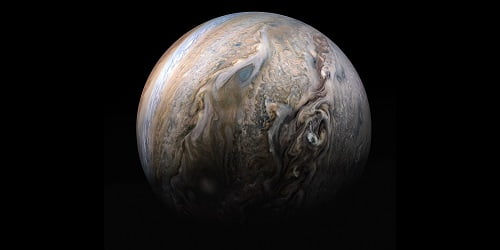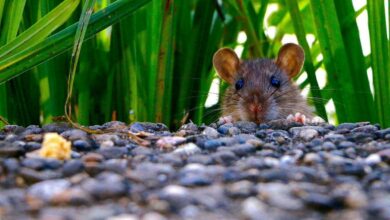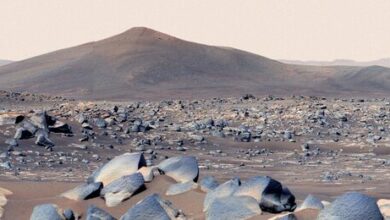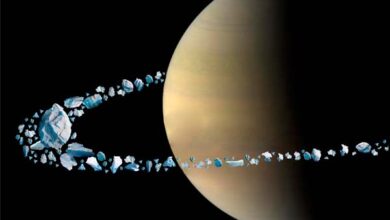
Jupiter plays a key role in Earth’s habitability and its orbit is critical
(ORDO NEWS) — A new study shows that if the orbit of Jupiter, the largest planet in the solar system, were changed, then the Earth could be even more habitable than it is today.
Astronomers have confirmed the existence of over 5,000 exoplanets in the galaxy, with thousands more awaiting confirmation. It is estimated that there are hundreds of billions of planets in our galaxy alone.
Of all these worlds - and those yet to be found - as far as we know, the Earth is the most favorable for life. But how much?
A new study shows that the Earth could become more hospitable if Jupiter’s orbit changes. Planets revolving around their stars in perfectly circular orbits never change their distance from them.
Most of the planets orbiting their stars have an oval orbit, which means they have “eccentric orbits”. Approaching a star increases the amount of heat received by the planet, which affects its climate.
A model of an alternative solar system was created by researchers at the University of California at Riverside using data from the modern solar system. The researchers found that Jupiter’s more eccentric orbit would lead to significant changes on Earth.
According to UCR Earth and Planet Scientist Pam Werworth, changing Jupiter’s orbit could actually boost our planet’s habitability. There are many forms of life that can live on the surface of the Earth at temperatures from 0 to 100 degrees Celsius.
From time to time, certain regions of the Earth will move closer to the Sun if Jupiter makes the Earth’s orbit more eccentric.
Currently, non-freezing areas of the Earth’s surface will warm up, increasing the range of temperatures suitable for habitation. Two long-standing assumptions about our solar system have been debunked by this study, published in the Astronomical Journal.
“Many believe that the Earth is the epitome of a habitable planet and that any change in the orbit of Jupiter, which is such a massive planet, can only harm us,” Werworth said. “We show that both assumptions are wrong.”
It is hoped that this discovery will help in the search for exoplanets orbiting other stars. Astrophysicist and study co-author Stephen Cain said the first thing to look for when looking for exoplanets is the habitable zone, the distance between a star and a planet where liquid water can exist.
The planets have seasons because they receive different amounts of direct sunlight in their orbits. At one time of the year, some areas of the planet can be pleasant, and at other times it can be very hot or cold.
Kane says the presence of water on a planet’s surface is a very simple first feature that doesn’t take into account the shape of the planet’s orbit or seasonal changes. The planet’s orbit can be measured with existing telescopes.
However, there are additional factors that can affect habitability, such as the tilt of the planet towards or away from the star. In the tilted region of the planet, less energy will reach the surface, resulting in a colder climate.
According to the same study, Jupiter’s closer proximity to the Sun could cause the Earth to tilt in an extreme manner, causing large areas of the Earth’s surface to freeze.
The researchers would like to develop methods for estimating the mass and tilt of the planet, which are harder to measure. To understand the influence of the giant planets in our solar system, and to make predictions about planets in other systems, we need to understand their motion.
It’s important to understand Jupiter’s impact on Earth’s climate over time, its impact on our orbit in the past, and its impact on us in the future, Kane says.
—
Online:
Contact us: [email protected]
Our Standards, Terms of Use: Standard Terms And Conditions.









